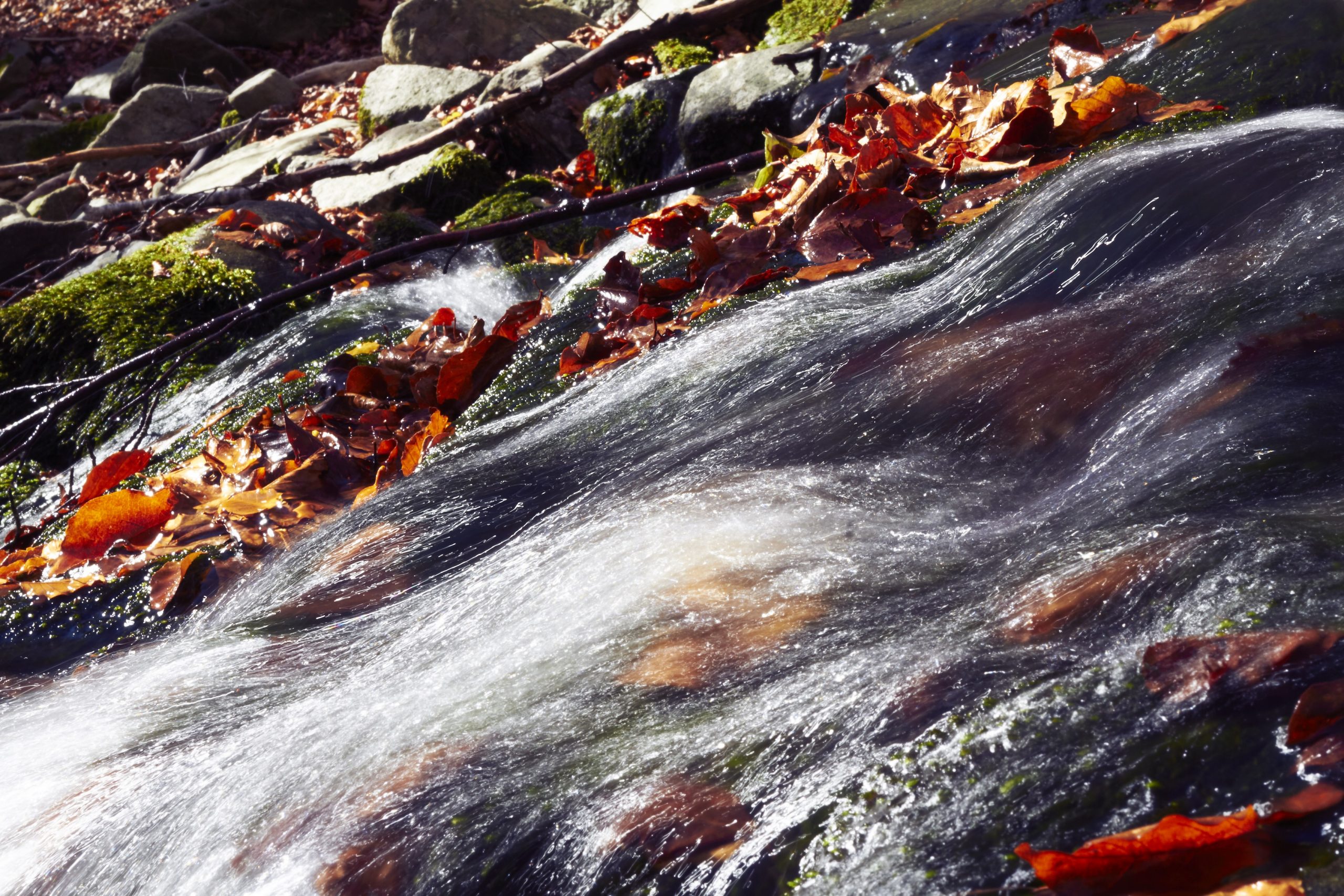Ecomuseum of the Pistoia Mountains. A journey to discover the memory of the territory

Discover the Pistoia Mountains with calm is possible through the history, the popular traditions, and the ancient crafts that the Ecomuseum tells: an invitation to read in the territory the signs that man and nature have tenaciously written over time.
Particular environmental characteristics and natural resources have shaped a peculiar and homogeneous environment, whose cultural heritage and the way of life of the inhabitants, who have preserved its memory, are made recognizable and accessible by the Ecomuseum.
First in Italy, active since 1990 and accredited Ecomuseum of regional importance since 2015, it allows you to know and discover artifacts, productive structures, evidence of working life, folk art forms and oral traditions, structured in a network, which includes museums and outdoor routes.
Since 2019, it has become the leader of the SIMOP – Pistoia Mountains Museum System (supported by the Region of Tuscany), which includes other museums of the territory, sharing the same purpose of safeguarding and enhancing the heritage of the Mountain.
The Ecomuseum covers a large area of the Pistoia Apennines, which involves the municipalities of Abetone Cutigliano, Pistoia, Sambuca Pistoiese and San Marcello Piteglio and it is divided into six itineraries.
Palazzo Achilli, a sixteenth-century noble palace located in the village of Gavinana, is the operational center and hosts temporary exhibitions related to the territory and local crafts.
The Ice Route testifies, with its majestic Madonnina Icehouse (Le Piastre), a past in which natural ice was produced and preserved in the Reno Valley.
The Itinerary of Daily Life takes you back in time: in Rivoreta, the Museum of the People of the Pistoia Apennines urges the visitors to measure themselves with the manual skills of the past; in Orsigna, the Via della Castagna and del Carbone di Orsigna tells stories of millers and charcoal burners.
The Iron Route reconstructs the fascinating world of iron working, through the tools and mechanisms preserved in the Ancient Ferriera Papini of Maresca, already active in the times of Lorenzo the Magnificent, and the documents of the Iron Museum of Pontepetri, where the experience is enriched by large hydraulic machines in the Garden of Renewable Energy.
The Nature Trail offers a walk in the green of the Botanical Garden of Abetone, to discover rare alpine species and a visit to the MuNAP (Archaeological Naturalistic Museum) in Gavinana, where you can discover the flora and fauna typical of the Apennines.
The Itinerary of Sacred Art and Popular Religiosity enhances the great artistic heritage of the Parish Church of Santa Maria Assunta in Popiglio and of the Diocesan Museum, proposing a dialogue between the sacred and the profane.
The Stone Route is dedicated to the craft of the stonemason; the Via Francesca della Sambuca and the settlement of Acquerino are places that you cannot miss to take a glimpse into the Middle Ages.
